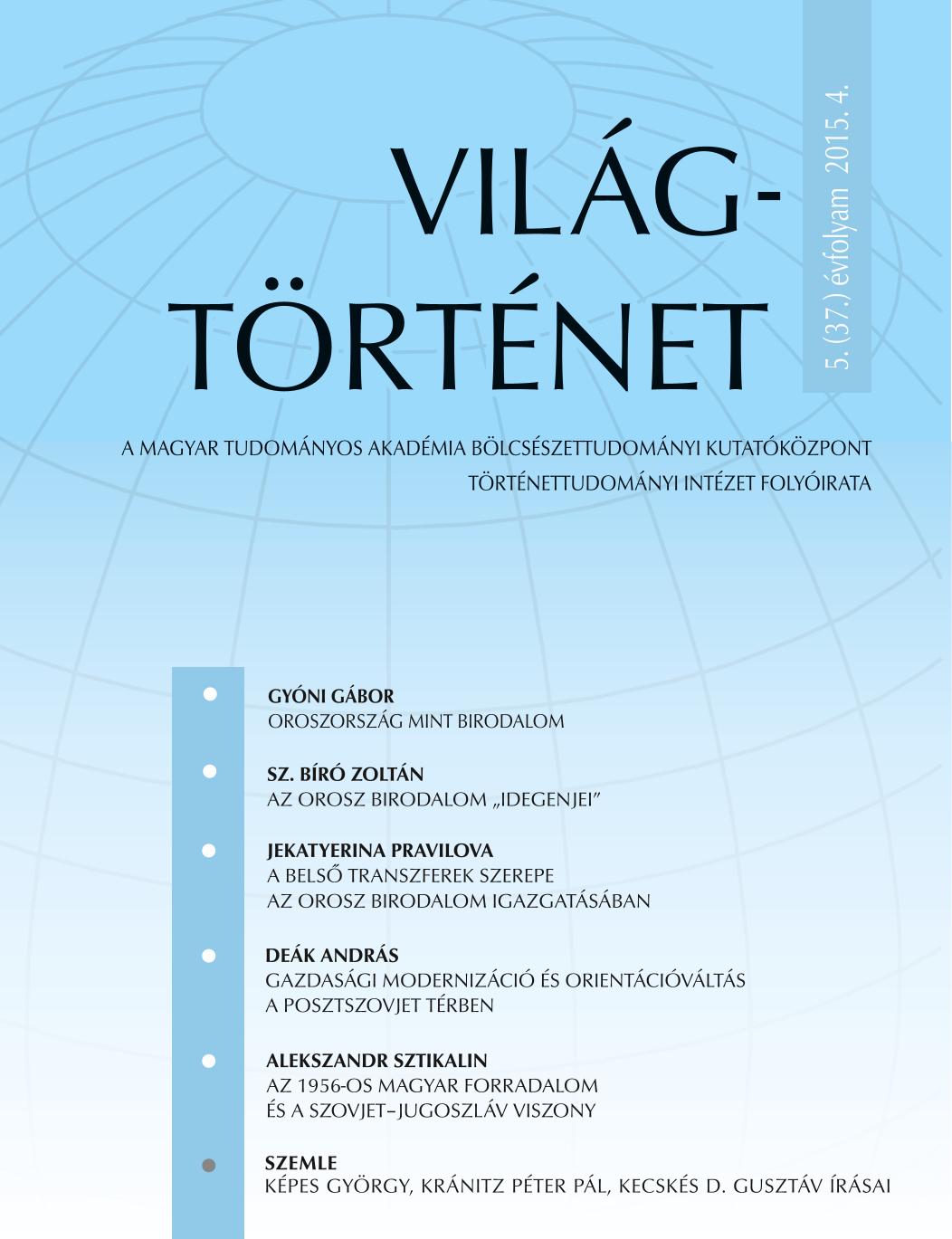A koronázási érme mint legitimációs médium a 18. századi Oroszországban. I. Katalin, Anna, Erzsébet és II. Katalin császárnők koronázási érméinek ikonográfiai vizsgálata
The Coronation Medal as a Vehicle of Legitimation: Iconographic Analysis of the Coronation Medals of Four Empresses, Catherine I, Anne, Elisabeth and Catherine II
Author(s): Endre SashalmiSubject(s): Gender history, 18th Century
Published by: Magyar Tudományos Akadémia Bölcsészettudományi Kutatóközpont Történettudományi Intézet
Keywords: iconography; male-gendered iconography; female-gendered iconography; female allegorical representation
Summary/Abstract: An important feature of 18th-century Russian History was the advent of female rule, after the death of Peter the Great in 1725. Beginning from the reign of Empress Anne (1730–1740) female figures became prominent in the coronation medals of the empresses which could not be accidental: they clearly served, in my view, to legitimize the given woman on the throne. This phenomenon marked an important shift in the gender of the iconography of power. The 17th-century “Christo-centric”, i.e. male-gendered iconography had to be replaced with a new, female-gendered iconography corresponding to reality. Neutral (in the sense of gender) visual representations of divine right, namely through rays radiating from a cloud or a triangle (with or without the all-seeing eye) of course remained crucial. At the same time, divine will had to be personified in a way that made possible to associate it with the gender of the reigning monarch. This task was accomplished mostly by the female allegorical representation of Divine Providence.
Journal: Világtörténet
- Issue Year: 2015
- Issue No: 4
- Page Range: 625-644
- Page Count: 20
- Language: Hungarian

